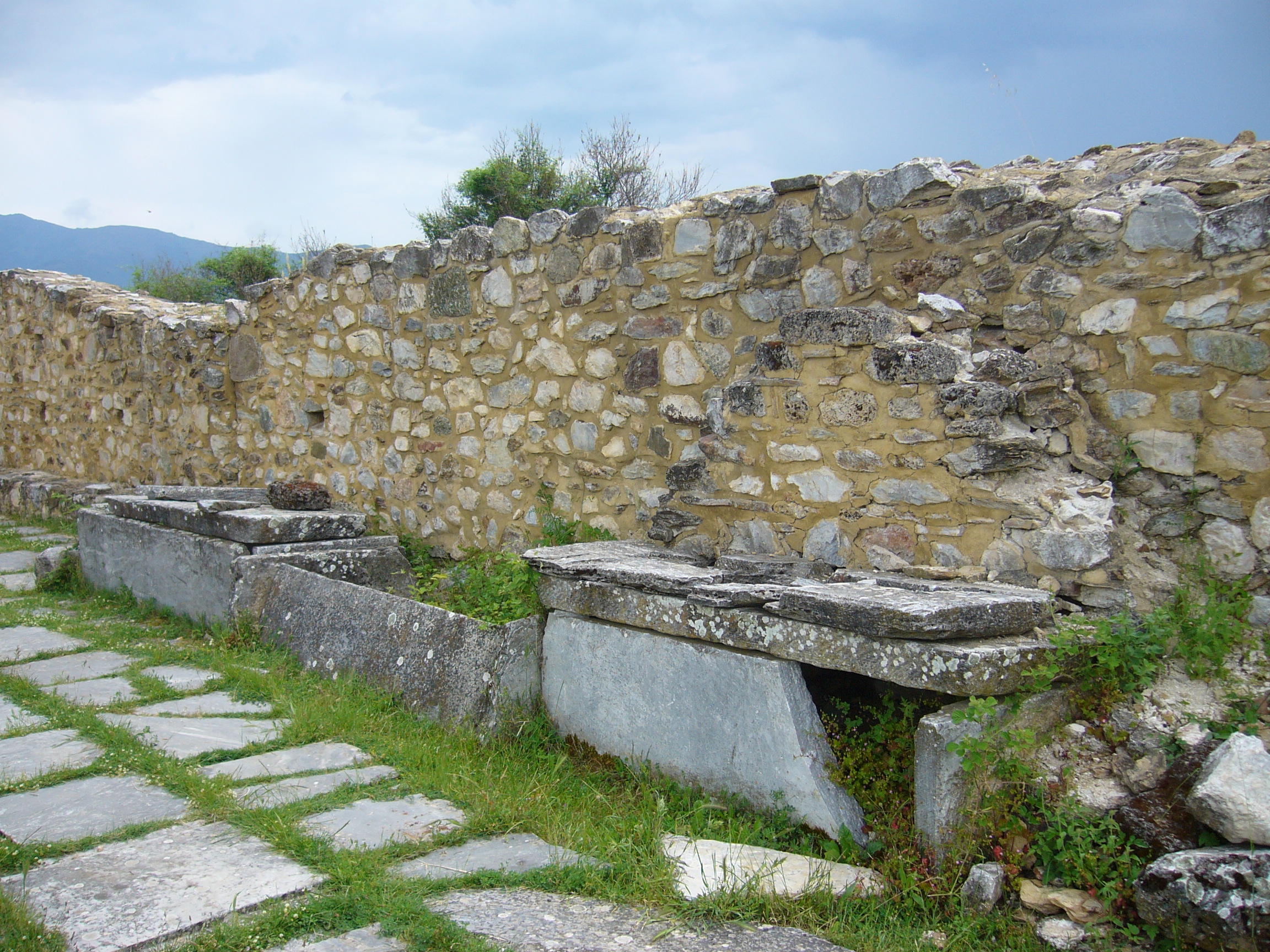Gavril Radomir Of Bulgaria on:
[Wikipedia]
[Google]
[Amazon]
Gavril Radomir ( bg, Гаврил Радомир; el, Γαβριὴλ Ρωμανός, Gavriil Romanos; anglicized as "Gabriel Radomir"; died 1015) was the emperor (

История на българската държава през средните векове, Том I. История на Първото българско царство. Част II. От славянизацията на държавата до падането на Първото царство (852—1018). Васил Н. Златарски 4.Приемниците на цар Самуил и покорението на България от Василий II Българоубиец.
tsar
Tsar ( or ), also spelled ''czar'', ''tzar'', or ''csar'', is a title used by East and South Slavic monarchs. The term is derived from the Latin word ''caesar'', which was intended to mean "emperor" in the European medieval sense of the ter ...
) of the First Bulgarian Empire
The First Bulgarian Empire ( cu, блъгарьско цѣсарьствиѥ, blagarysko tsesarystviye; bg, Първо българско царство) was a medieval Bulgar- Slavic and later Bulgarian state that existed in Southeastern Eur ...
from October 1014 to August or September 1015. He was the son of tsar Samuel
Samuel ''Šəmūʾēl'', Tiberian: ''Šămūʾēl''; ar, شموئيل or صموئيل '; el, Σαμουήλ ''Samouḗl''; la, Samūēl is a figure who, in the narratives of the Hebrew Bible, plays a key role in the transition from the bib ...
(r. 997–1014).
Biography
During his father's reign, his cousin Ivan Vladislav and Ivan's entire family were all sentenced by Samuel to death for treason. Gavril's intervention saved at least his cousin. He is said to have saved his father's life in the disastrous defeat of theBattle of Spercheios
The Battle of Spercheios ( bg, Битка при Сперхей, el, Μάχη του Σπερχειού) took place in 997 AD, on the shores of the Spercheios river near the city of Lamia in central Greece. It was fought between a Bulgarian a ...
, and he was described as a gallant fighter.
Around the same time that Emperor Basil II
Basil II Porphyrogenitus ( gr, Βασίλειος Πορφυρογέννητος ;) and, most often, the Purple-born ( gr, ὁ πορφυρογέννητος, translit=ho porphyrogennetos).. 958 – 15 December 1025), nicknamed the Bulgar S ...
captured the bulk of Samuel's army, Gavril and his forces defeated the army of Theophylact Botaneiates Theophylact Botaneiates ( el, Θεοφύλακτος Βοτανειάτης, ''Theophylaktos Botaneiates'') was an 11th-century Byzantine general and governor of Thessalonica.
Life
Theophylact Botaneiates is only mentioned in the history of John ...
. Having inherited Samuel's war with the Byzantine Empire
The Byzantine Empire, also referred to as the Eastern Roman Empire or Byzantium, was the continuation of the Roman Empire primarily in its eastern provinces during Late Antiquity and the Middle Ages, when its capital city was Constantinopl ...
, Gavril Radomir raided Byzantine territory, reaching as far as Constantinople
la, Constantinopolis ota, قسطنطينيه
, alternate_name = Byzantion (earlier Greek name), Nova Roma ("New Rome"), Miklagard/Miklagarth (Old Norse), Tsargrad ( Slavic), Qustantiniya (Arabic), Basileuousa ("Queen of Cities"), Megalopolis (" ...
. However, the Byzantines secured the assistance of Ivan Vladislav, who owed his life to Radomir. Vladislav murdered Radomir while hunting near Ostrovo, and then took the throne for himself.
Some sources connect Gavril Radomir with the medieval dualist sect, Bogomilism
Bogomilism ( Bulgarian and Macedonian: ; sh-Latn-Cyrl, separator=" / ", bogumilstvo, богумилство) was a Christian neo-Gnostic or dualist sect founded in the First Bulgarian Empire by the priest Bogomil during the reign of Tsar P ...
, a popular heretic movement that flourished in the Bulgarian region of Kutmichevitsa during his and his father's reign. Gavril married twice. His possible son Peter Delyan played a role in attempting to secure independence for Bulgaria several decades later.
Ian Mladjov inferred that Agatha, the wife of Edward the Exile, was granddaughter of Agatha Cryselia, daughter of Gavril Radomir, by his short-lived first marriage to a Hungarian princess thought to have been the daughter of Duke Géza of Hungary. According to the '' Polish–Hungarian Chronicle'', that princess was Adelaide, the daughter of Doubravka of Bohemia and Mieszko I of Poland.
Family tree

See also
*History of Bulgaria
The history of Bulgaria can be traced from the first settlements on the lands of modern Bulgaria to its formation as a nation-state, and includes the history of the Bulgarian people and their origin. The earliest evidence of hominid occupation d ...
*Cometopuli dynasty
The Kometopuli dynasty ( Bulgarian: ,
Bulgarian; ; Byzantine Greek: , ) was the last royal dynasty in the First Bulgarian Empire, ruling from ca. 976 until the fall of Bulgaria under Byzantine rule in 1018. The most notable member of the dyna ...
*Bitola inscription
The Bitola inscription is a stone inscription from the First Bulgarian Empire written in the Old Church Slavonic language in the Cyrillic alphabet. Currently, it is located at the Institute and Museum of Bitola, North Macedonia among the permanent ...
Sources
История на българската държава през средните векове, Том I. История на Първото българско царство. Част II. От славянизацията на държавата до падането на Първото царство (852—1018). Васил Н. Златарски 4.Приемниците на цар Самуил и покорението на България от Василий II Българоубиец.
Footnotes
{{DEFAULTSORT:Bulgaria, Gavril Radomir Of 10th-century births 1015 deaths 11th-century Bulgarian emperors Eastern Orthodox monarchs Bulgarian people of Armenian descent Cometopuli dynasty Murdered Bulgarian monarchs Bulgarian people of the Byzantine–Bulgarian Wars Burials at the Church of St Achillios (Lake Prespa) Sons of emperors